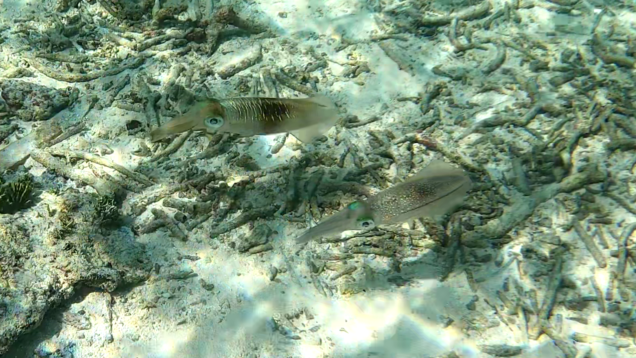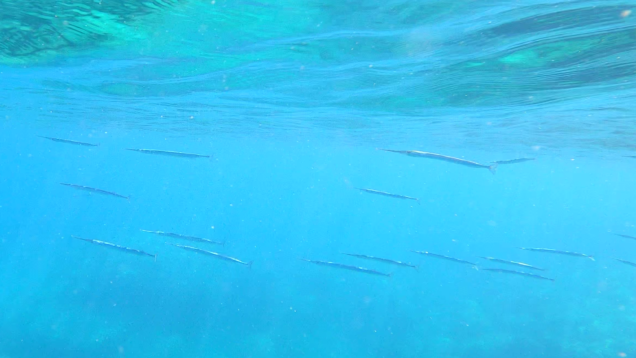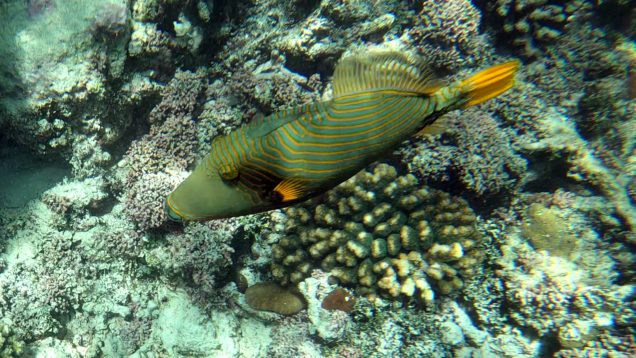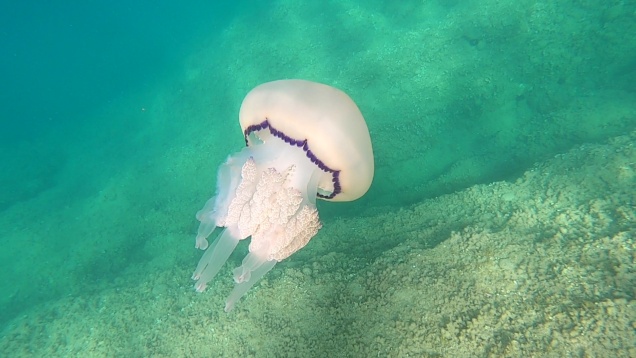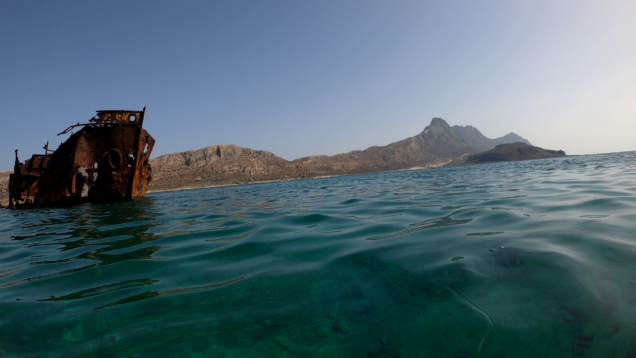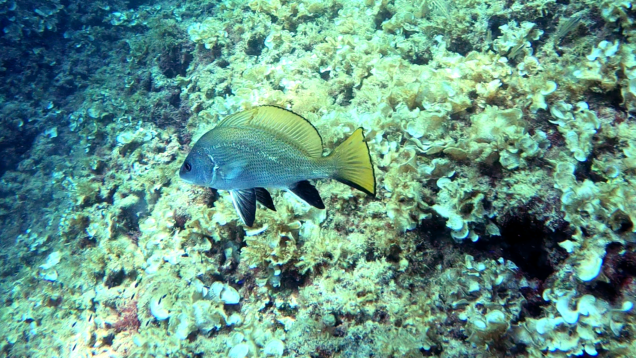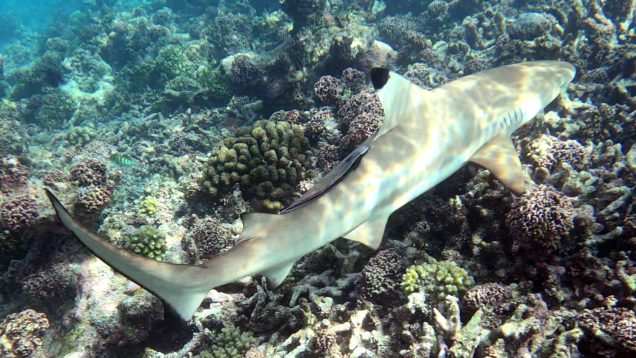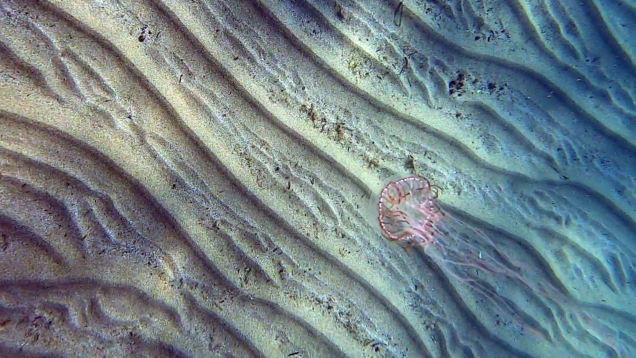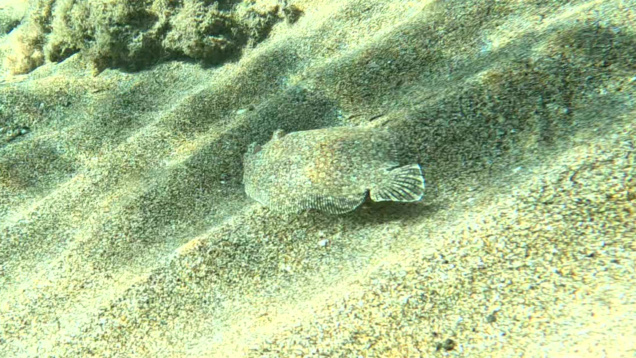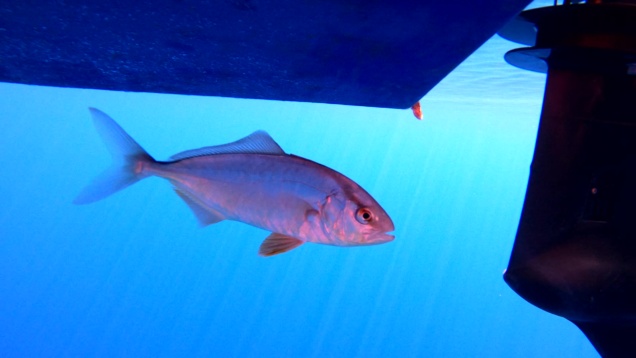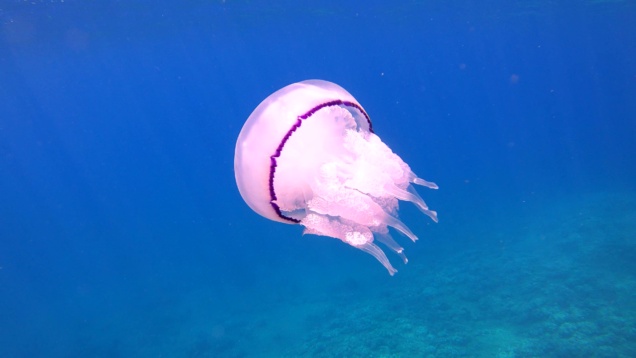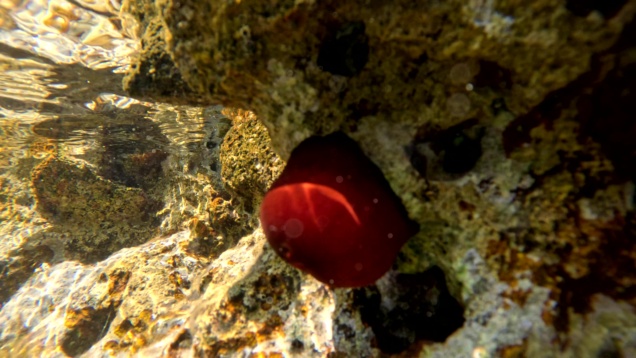Arca di Noè
Noah's Ark seashell, Arca noae, is a species of bivalve mollusc in the family Arcidae. It is found in the Mediterranean Sea from low tide mark to a depth of 100 metres. The seashell of Arca noae grows to about 10 cm in length. but the ones we found did not exceed 3, 4 centimeters. Quite difficult to identify on the seabed because the shells are always covered not only by sponges but also by algae or other encrusting organisms. We noticed their presence because they were found open without the presence of the mollusc which was certainly prey to either an Octopus or fish such as Sea bream and Bream.









